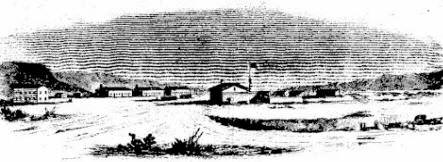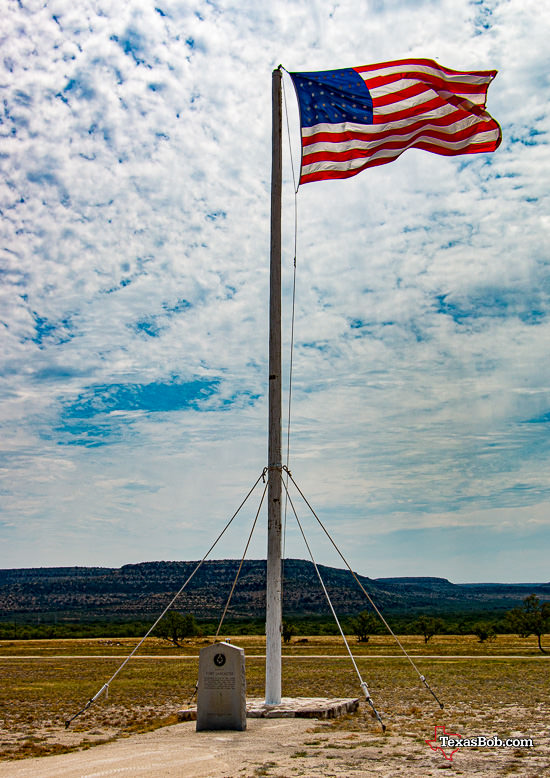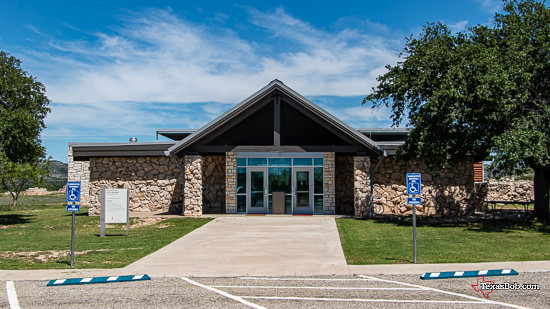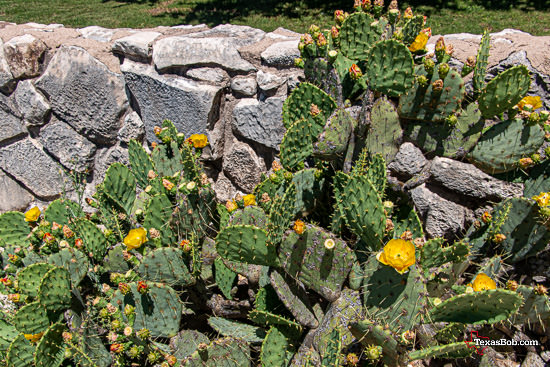Fort Lancaster is a place I've been many times. Despite the fact that all that is left of the fort is ruins it has an excellent but small museum in the visitors center.
The museum has exhibits on the hard life at the fort and an interesting exhibit on military punishment in that era. The fort and visitors center is maintained by the State of Texas and is located on U.S. 290 about 8 miles East for Sheffield, Texas.The fort was established in 1855 on the east bank of live Oak Creek just above where it joins the Pecos River. There are no known pictures if the fort except this rendition by a government draftsman. It was published in "Harper's Weekly" March 23, 1861.
This is how the fort looked when Lieutenant William H. Echols came through with his Camel Experiment, in the first part of August, 1860.

Fort Lancaster protected the lower road from San Antonio to El Paso in the years following the discovery of gold in California. The duties of the men stationed at Fort Lancaster were to escort mail and freight trains, pursue Mescalero Apaches and Comanches, and patrol their segment of road to keep track of Indian movements. The post was originally constructed of picket canvas and portable Turnley prefabricated buildings. By the time it was abandoned all its major structures were made of stone or adobe. The Butterfield Overland Mail changed its route west from the upper road between San Antonio and El Paso to the lower road in August 1859. Mail on the lower road had previously been contracted to George H. Giddings and John Birch. Three coaches per month passed over the road. In June of 1860 Lt. William E. Echols and his "camel corps" visited the fort.
Established in 1855 by the United States government as a protection to travelers and mail on the Overland route from San Antonio to San Diego. Abandoned in 1861. Reoccupied in 1868 for a short time. (Historical Marker)
The site of Fort Lancaster was deeded to Crockett County in 1965 and donated to the Texas Parks and Wildlife Department in 1968. Archeological exploration had been begun two years earlier by T. R. Hays and Edward B. Jelks; their project involved excavating one barracks and three latrines and testing two other barracks and two commissary structures.
Three structures-an officers' quarters, the commissary, and the hospital kitchen-and the flagpole location were entirely excavated in 1971 by John W. Clark. Dessamae Lorraine did additional mapping of the site and work on the flagpole site shortly after Clark's excavation. In 1974 Wayne Roberson excavated two enlisted men's barracks and two officers' quarters. The excavations produced large numbers of artifacts and a great deal of architectural information for interpreting the site. Much of this material is presented at the visitors' center at Fort Lancaster State Historic Site and in state archeological reports. Because of a budget shortfall the state yielded management of the site to Texas Rural Communities, Incorporated, in 1993. (Handbook of Texas)
Updated: 07/13/2025


